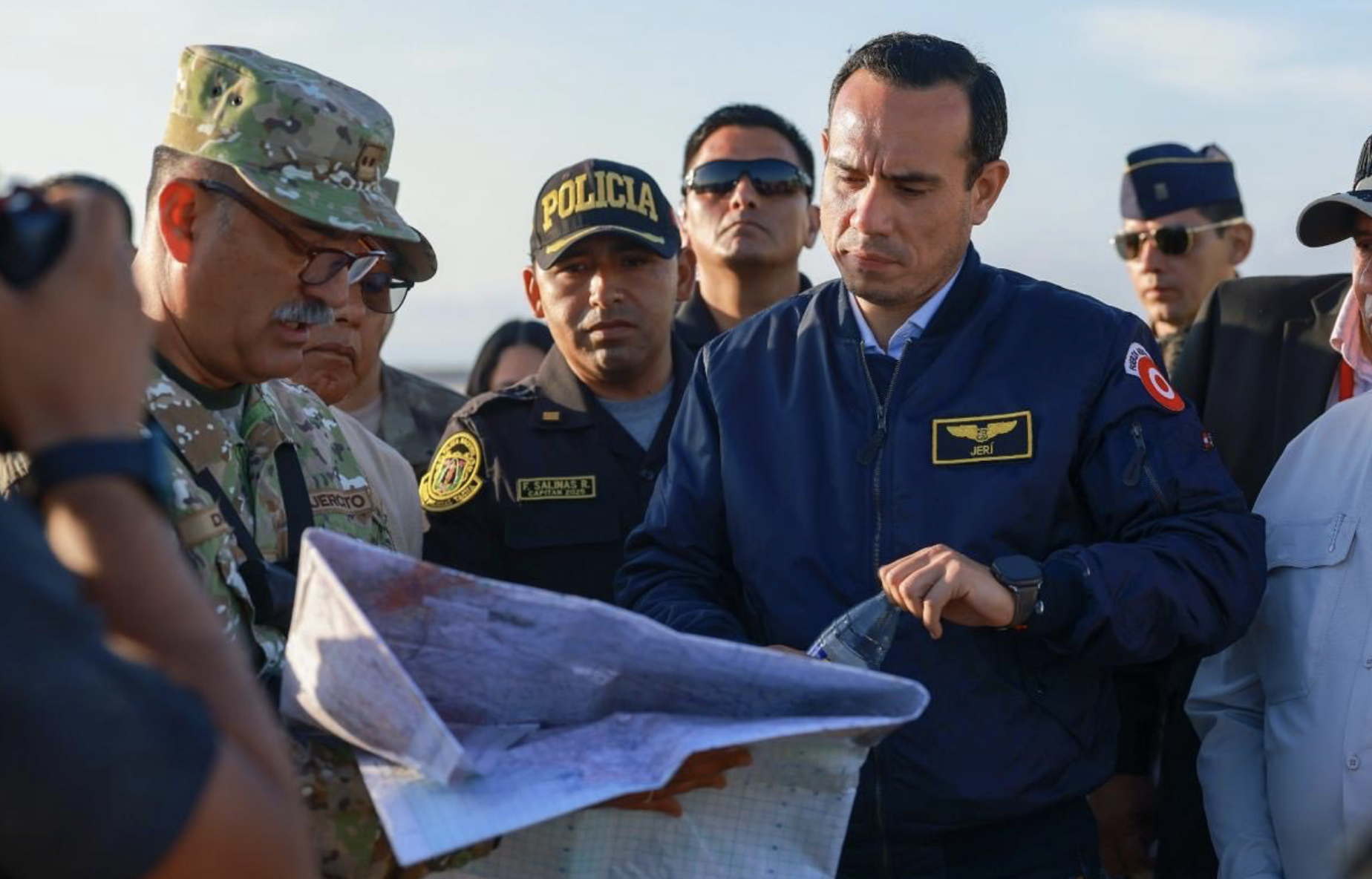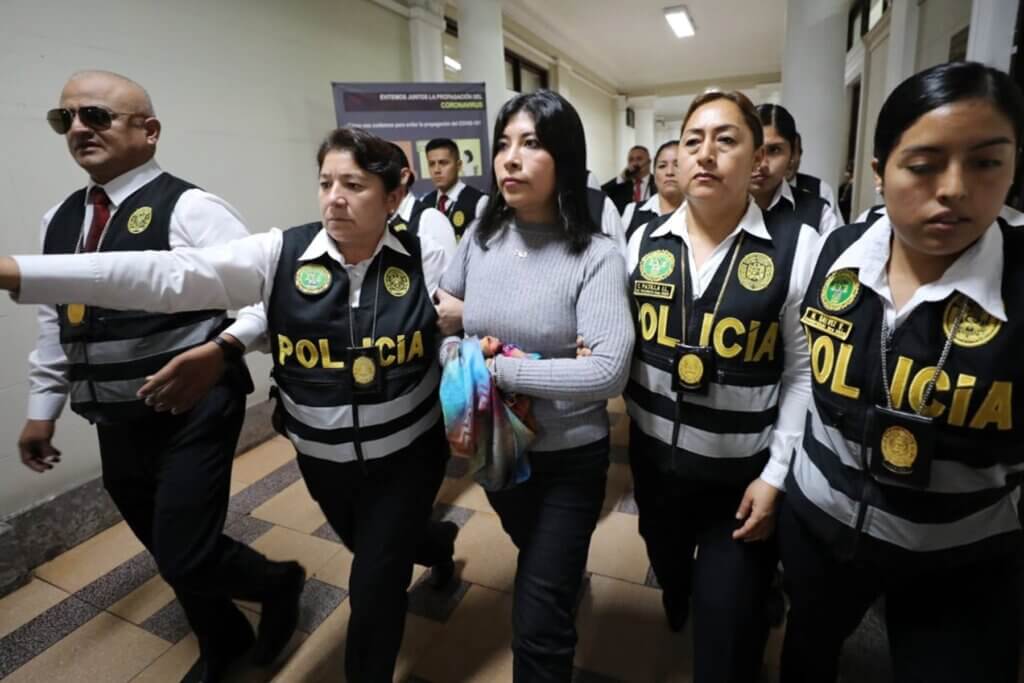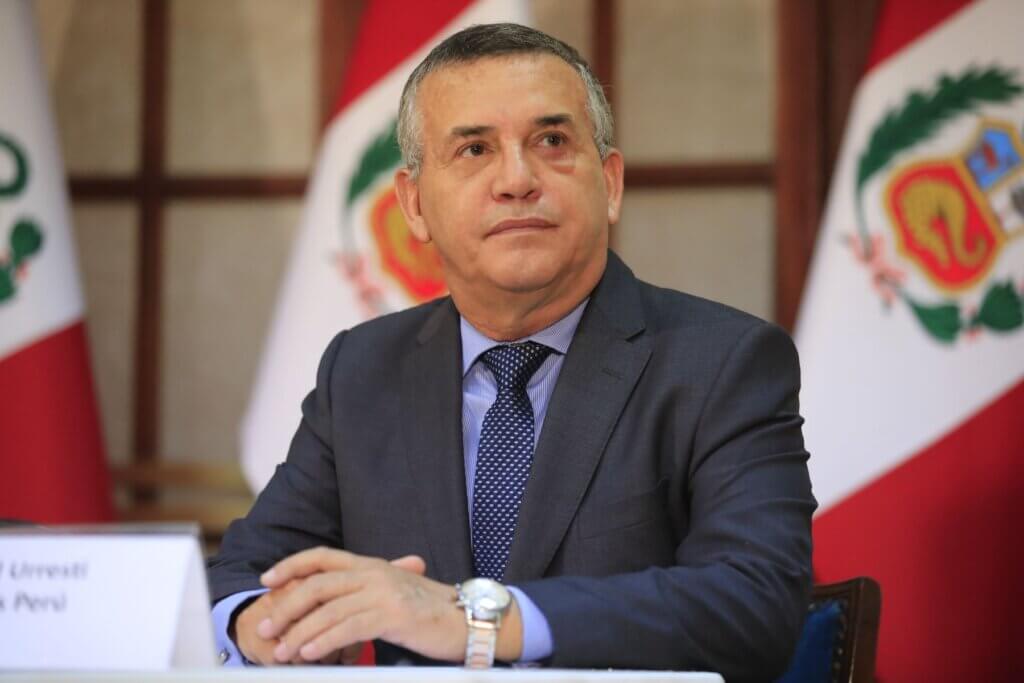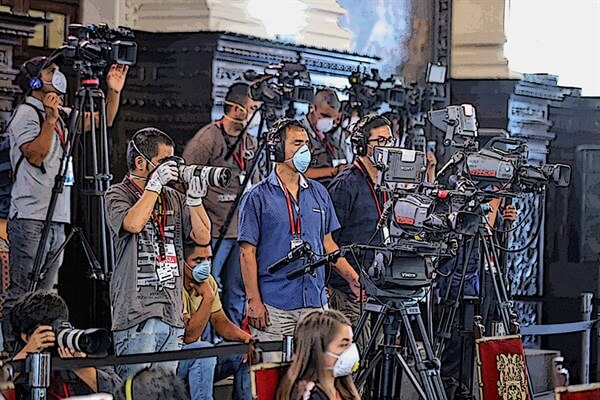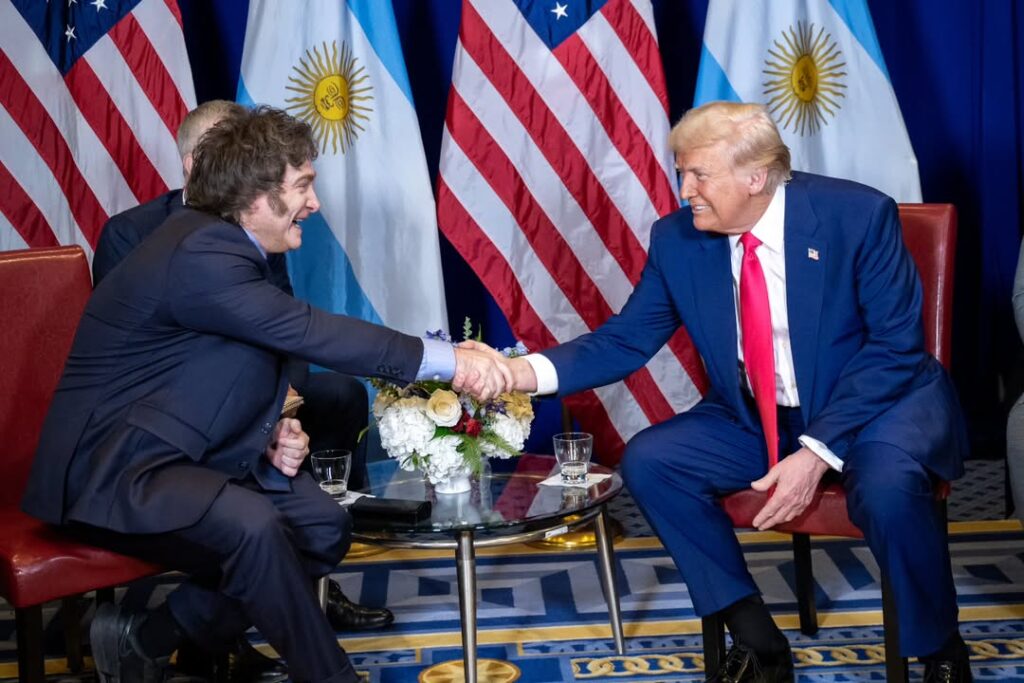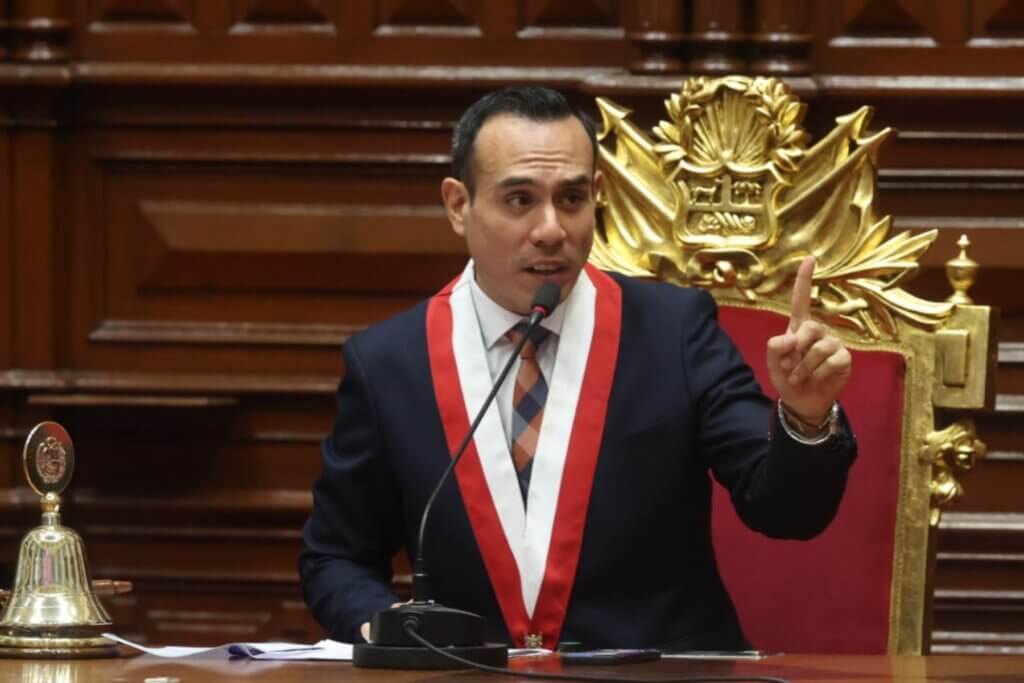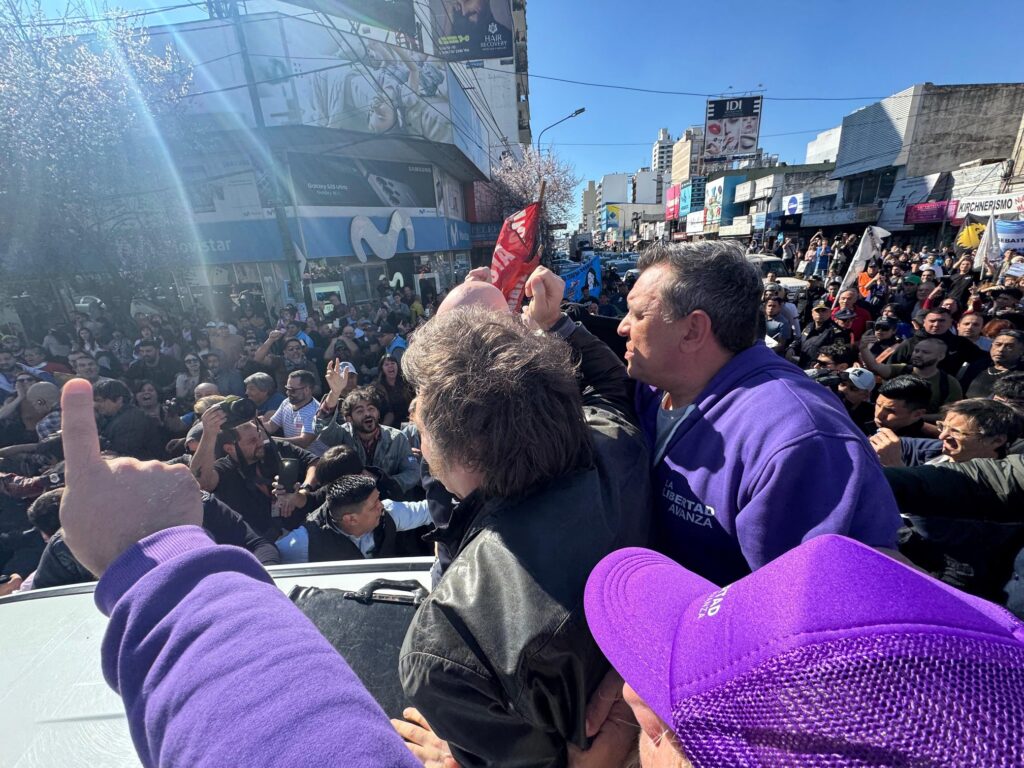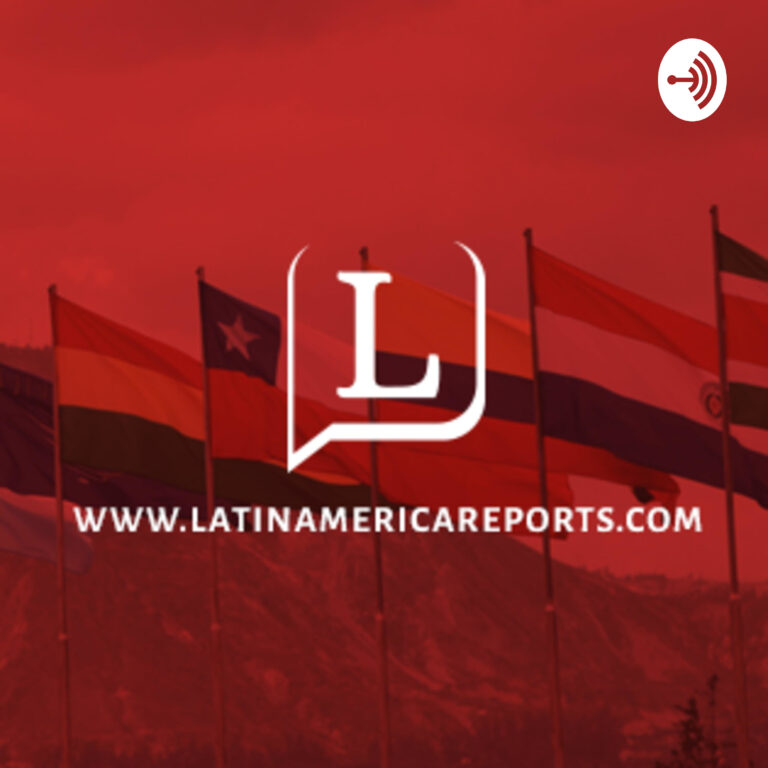Peru’s interim president said Sunday he will declare a state of emergency in Peru’s southern provinces to boost security on the border with Chile.
Speaking at the Santa Rosa border crossing in Tacna, one of the principal migration points between Chile and Peru, President José Jerí said he would use emergency powers to send the armed forces to assist national police on border patrols.
After visits to multiple posts along the border, Jerí said that adequate supervision was lacking and promised intervention to “guarantee peace and fight crime.”
A similar declaration was made in 2023 by his predecessor who said tightened migration laws in Chile were pushing Venezuelan migrants northwards into Peru.
The results of first-round presidential elections in Chile suggest a hard-right candidate will be made president in December. José Antonio Kast has made cracking down on immigration one of his defining policies.
Jerí said in a press conference that the state of emergency would help “anticipate problems before they eventually appear.”
Yet, there is little evidence to suggest that large numbers of migrants are crossing from Chile into Peru. Of the Venezuelan migrant population in Peru, more than 92% entered at Tumbes, on the northern border with Ecuador.
Last week, the Peruvian government revealed that 3,000 deportation orders had been issued so far this year, 35% of which were for migrants in Tumbes, 21% in Piura, a city near the Ecuadorian border, 15% in Chiclayo, also in Peru’s north-west, and 9% in Lima. No data was released corresponding to Tacna.
Jerí insisted there would be “interventions” along the border in various provinces and that every border region would be considered for state of emergency status. But Jerí said he currently has no plans to visit border crossings in Peru’s north or east, where most irregular migration is recorded.
Jerí’s perceived crackdown on illegal immigration follows his use of emergency powers to tackle Peru’s ongoing security crisis.
In October, in one of his first acts as interim president, Jerí called a state of emergency in Lima to quell mass protests and launched nationwide prison raids to tackle organized crime. In Lima, freedom of assembly and protest were suspended and adults were banned from ride-sharing on motorcycles.
Official figures show that violent crime has risen rapidly in Peru. Just under 1,900 murders have been recorded this year, the highest figure for this period since 2017 and an increase of 13% on 2024. In the same months, reports of extortion rose by 28% compared to 2024.
On Sunday, Jerí said that “a large part” of the security crisis was because the government had failed to “secure the borders as they ought to,” hinting that illegal migrants were driving up theft and homicides. Yet figures from the International Organization for Migration show 0.15% of the Venezuelan population in Peru are convicted criminals, compared to 1.5% of Peruvian citizens.
Jerí’s policies are attempts to distance himself from a cycle of failed governments. Since 2018, Peru has had seven presidents, three of whom were impeached and two others resigned to avoid removal.
His tough approach is winning him support. His current approval rating stands at around 50%, a strong improvement on his predecessor, Dina Boluarte’s, dismal 3% when she left office.
Featured Image: Peruvian President José Jerí visits the southern border with Chile
Image credit: Presidencia del Peru via X


